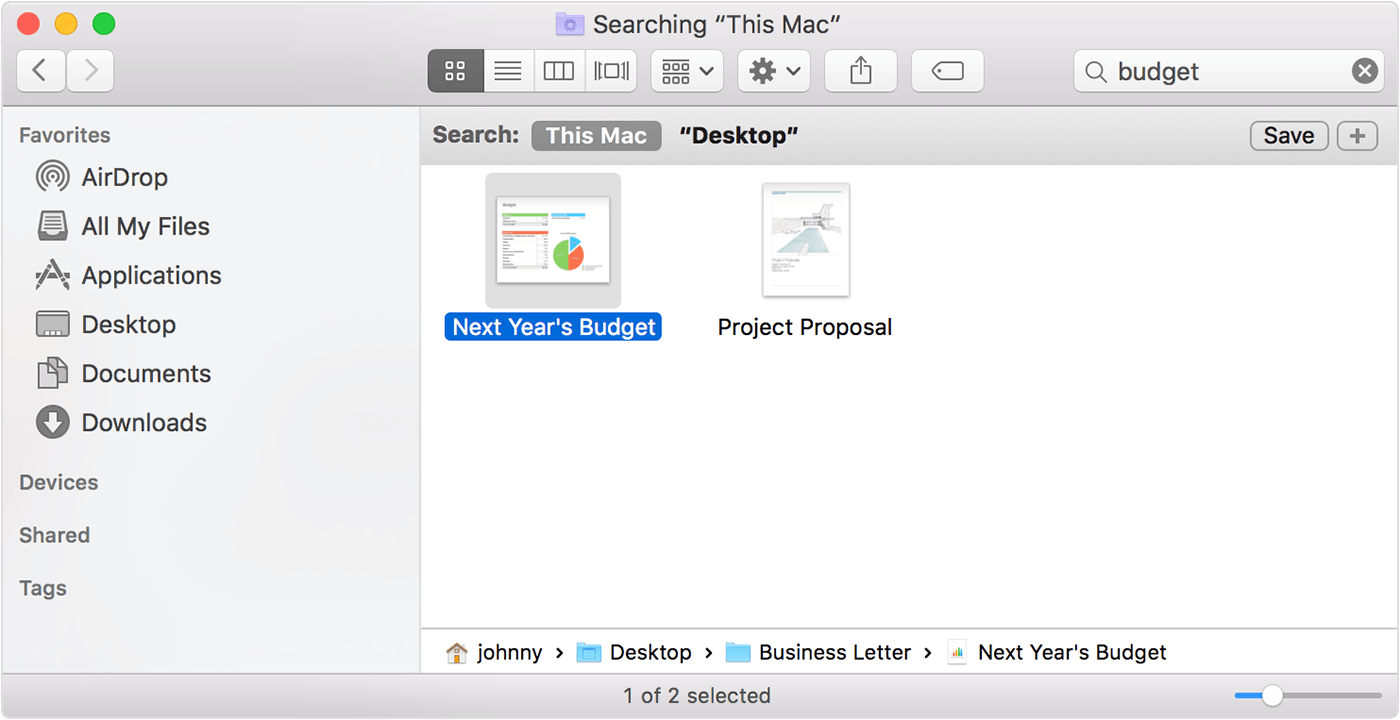For information on how to access the data that you've saved in an Outlook for Mac Data File (.olm), see Import email messages, contacts, and other items into Outlook 2016 for Mac. I want to export to iCloud or to some other type of archive file. The only export option available at this time is the.olm archive file. Just choose Finder - New Smart Folder. In the resulting New Smart Folder window select File Name at the top of the window and click Save. Assign an intuitive name such as Search by Name and click. A MAC file contains a macro, which may be created by various programs, such as UltraEdit, Minitab, and Cabrilog Cabri Geometry II.It contains a list of commands in plain text that are used to perform functions in the respective application. MAC files can be opened by the programs that created them.
- 1.MacPaint Image
- 2.Application Macro File
File Type 1MacPaint Image
| Developer | Apple |
| Popularity | |
| Category | Raster Image Files |
| Format | Binary |
What is a MAC file?

File System For Mac Os
Bitmap graphic created by MacPaint for the Macintosh, one of the first painting programs for the Mac; supports only black-and-white graphics since the original Macintosh had a monochrome monitor.
 Open over 300 file formats with File Viewer Plus.
Open over 300 file formats with File Viewer Plus.Programs that open MAC files
Bin File Type Mac
File Type 2Application Macro File
| Developer | N/A |
| Popularity | |
| Category | Executable Files |
| Format | Text |
.MAC File Association 2
A MAC file contains a macro, which may be created by various programs, such as UltraEdit, Minitab, and Cabrilog Cabri Geometry II. It contains a list of commands in plain text that are used to perform functions in the respective application. MAC files can be opened by the programs that created them.
Macros are especially helpful for automating repetitive tasks. Users can record various types of functions, whether it be inserting a snippet of information, performing edits to an image, or calculating an equation, then execute them at a later time with just a couple mouse clicks or key combination.
When saving a recorded function, the MAC file is created to store the commands that were performed to complete the function. The commands are stored in plain text in the MAC file and can be opened and edited by a text editor. However, a macro stored in a MAC file can only be executed by the program used to create it.
NOTE: MAC files are potentially dangerous files because they may be used to store malware. It is important that you verify the source of a MAC file before opening it.
Programs that open MAC files
Did you know that Apple’s built-in search tool called Spotlight doesn’t search the entire hard drive? There are good reasons why Apple does this (which I won’t go into now), but there are also times when you want to be able to search the entire hard drive. When I’m troubleshooting a problem on a client’s Mac, I often need to search through various folders that Spotlight doesn’t search. I use Devon Technologies’ EasyFind or Thomas Tempelmann’s Find Any File.
Best File System For Mac
Both EasyFind and Find Any File have their strengths. Here are some highlights.
EasyFind is very fast. It’s free. It lets you search for files and folders or both at the same time. It can search by file name or content. It lets you use boolean operators (AND, OR, NOT and many others). It displays a file’s location, size, creation and modification date. While it searches most folders, it can only search through folders that you have access to. If you want to be able to search through all folders on the hard drive as the root user, then you should consider Find Any File.
Find Any File’s interface looks a lot like the Classic Mac OS’ Find File application, which was called Sherlock for a while. So if you’re a long-time Mac user and you miss Find File, consider Find Any File. It is free to try but then the developer asks for a modest donation if you continue to use it. After you enter your search term if you hold down the Option key, the Find button changes to Find All. When you click Find All you’ll be asked for an administrative user’s password and you’ll then be able to search the entire hard drive as the root user. You can search by name, size, date, item type, creator code or a number of other file attributes. It can not search by file content. To learn more read this excellent MacWorld review of Find Any File or Find Any File’s own online manual.
I find both applications useful and have both installed on my Mac.
